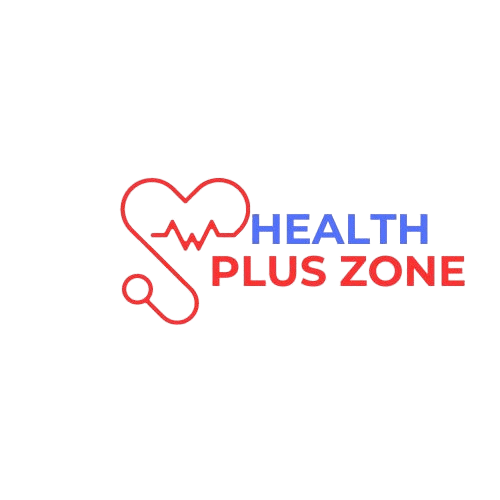Alzheimer’s disease is one of the biggest global health challenges, significantly impacting the lives of people and their families. Despite significant progress in understanding this complex disease, accurate early diagnosis remains a major challenge. However, recent technological advances in medicine and neuroscience have opened up new horizons for early and accurate diagnosis of Alzheimer’s disease, paving the way for more effective treatments and better management of the disease.
Traditional challenges in diagnosing Alzheimer’s
Before delving into modern tools, it is important to highlight the challenges faced in diagnosing Alzheimer’s in the past:
- Dependence on clinical symptoms: The traditional method of diagnosis has relied heavily on the assessment of clinical symptoms, such as memory loss and difficulties with language and thinking, which are often non-specific and can be caused by other causes.
- Lack of a specific diagnostic test: There was no single test capable of definitively diagnosing Alzheimer’s, requiring several tests and tests to confirm the diagnosis.
- Late diagnosis: Alzheimer’s is often diagnosed in advanced stages, when brain damage is extensive, limiting the effectiveness of available treatments.
Modern diagnostic tools
Modern technology offers a wide range of tools that help diagnose Alzheimer’s early and accurately:
- Neuroimaging:
- Functional magnetic resonance imaging (fMRI): provides detailed images of brain activity, helping to identify affected areas.
- Positron emission tomography (PET): Uses radioactive materials to measure changes in metabolism in the brain, helping to detect accumulation of amyloid and tau proteins associated with Alzheimer’s.
- Diffusion magnetic resonance imaging (DTI): measures the movement of water in the brain, which helps assess white matter damage.
- Biological tests:
- Cerebrospinal fluid analysis: The levels of amyloid and tau proteins in cerebrospinal fluid can be measured, providing strong indications of Alzheimer’s presence.
- Genetic testing: Genes associated with an increased risk of Alzheimer’s, such as the APOE gene, can be analyzed.
- Cognitive tests:
- Memory, language and thinking tests: used to assess cognitive function and identify changes that may indicate a defect.
Towards a better future
Modern diagnostic tools are a big step towards achieving early and accurate diagnosis of Alzheimer’s disease. This early diagnosis opens the door to many benefits:
- Start treatment early: Pharmacological and non-pharmacological therapy can be started in the early stages of the disease, helping to delay the development of symptoms and improve the quality of life of those affected.
- Developing new treatments: Early diagnosis helps facilitate clinical trials to test promising new treatments.
- Planning the future: People diagnosed with Alzheimer’s at an early stage can plan for their future and make the necessary decisions about health and social care.
Future challenges
Despite the progress made, there are still challenges to overcome:
- Cost of tests: Some modern diagnostic tests are expensive, limiting their access to all patients.
- Develop uniform diagnostic criteria: There is a need to develop uniform diagnostic criteria to ensure accurate diagnosis and avoid misdiagnosis.
- Awareness: Awareness of the importance of early diagnosis of Alzheimer’s must be raised among the general public and health professionals.
Modern diagnostic tools for Alzheimer’s are a real revolution in the field of neurology. By combining these tools with ongoing research efforts, we can hope to make significant progress in the fight against this chronic disease and provide a better life for those infected and their families.















